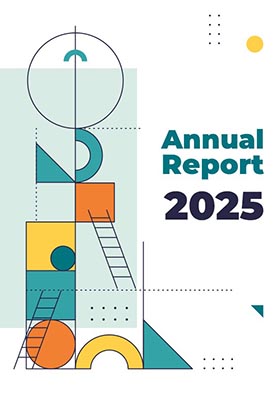Field of Research: Dentistry
Name of author) (s): Tarek H. Rabi
Title of published work: “Placement of Posterior Composite Restorations in Palestine Dental Practices: Techniques, Problems, and Attitudes”
Name of Journal: International Journal of Dental Sciences and Research
Year: 2015
Volume: 3 (3)
Pages: 72-78
Publisher: Science and Education Publishing
Abstract:
The management of posterior teeth damaged due to various factors has undergone considerable improvement over the years. Every year, dental technology and materials are advancing. One such advancement is steady replacement of amalgam with composites. This study was done to evaluate the attitude and techniques employed by general dental practitioners of Palestine during restoration of posterior teeth with composite. A questionnaire to evaluate the attitude of the Palestinian dental practitioners was distributed to 200 dentists in a local dental conference. The questionnaire consisted of general questions such as gender and years of experience as well as specific questions related to posterior composites placement such as techniques used while placement, problems encountered and factors affecting the placement of restoration in posterior teeth. 123 responses were obtained with a response rate of 61.5%. Esthetics seems to be the prime factor affecting the choice of material for posterior teeth restoration followed by patient’s preference. As per the study, moisture control is the most affecting factor of the placement of posterior composites and is suggested to be the most common problem encountered during placement of composites in the teeth. Incremental curing is a regularly used practice as per 63.4% participants. Mostly, universal matrix is used for the composite placement. For the wedging between the teeth, wooden wedges were preferred by majority of the general dental practitioners of Palestine. LED is found to be the most commonly used light cure source for the curing of composites. From this study, it can be concluded that more and more general dental practitioners in Palestine are using composites for the restoration of posterior teeth. Still there is a scope of continued improvement in this field.
Keywords:
Composites, posterior restorations, esthetic restorations, amalgam safety, posterior composite restoration.
Contact author (s):
Name: Tarke H. Rabi, PhD.
Address: Department of Operative Dentistry, Al-Quds University
E-mail: This email address is being protected from spambots. You need JavaScript enabled to view it.


